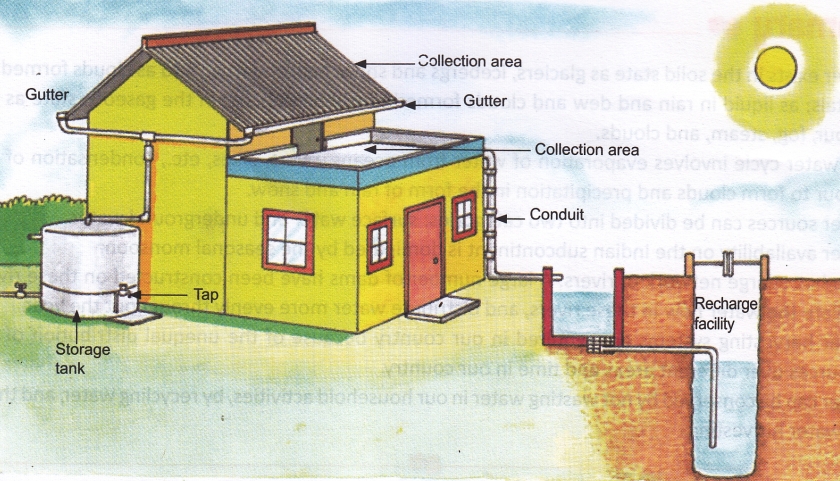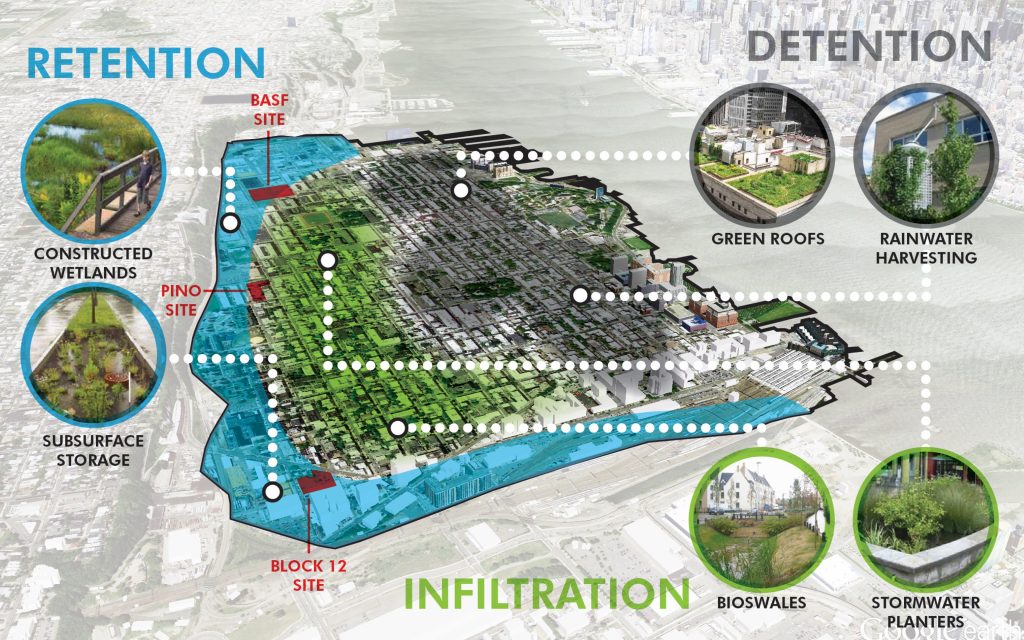Oladayo Afolabi: Innovative Strides In Rain Water Management
Oladayo Afolabi is a highly innovative and enterprising Nigerian. He has made success out of an aspect of engineering which many building and water engineers would ordinarily not emphasise.
Oladayo is the Founder and Project Director of RainCache Ltd, an innovative rainwater management company which designs and installs bespoke systems to manage rainwater on residential, commercial, agricultural and industrial developments across Nigeria.
Dayo Afolabi has been a long-time contributor in the drive to build a more sustainable human community. His extensive involvement has included participation in everything from proposing directions, tracking down better ecological measures, and designing rainwater control systems. He is indeed, one of the pioneers of innovative and sustainable surface water systems in Nigeria.
Dayo Afolabi has acquired a great deal of acclaim and recognition for his contributions to the construction industry and is inspired by the drive to build an even more viable community. His strong public service commitment has enabled him to lead RainCache Ltd in the delivery of rainwater management services to over 500 high-profile clients across Nigeria.
A professional instilled with a strong sense of responsibility and unshaken work ethic, Dayo has managed to cultivate a culture renowned for exceeding the expectations of his clients and stakeholders alike. His efforts in the development of a sustainable and a better Nigerian society are deserving of all the acclamation, recognition and awards.
It is in recognition of his accomplishments in the Design and Installation of Rain Water Control Systems In Nigeria that Mr. Oladayo Afolabi is deemed worthy to be conferred with the Development In Nigeria Merit Award which is part of the PSR National Awards 2018.
Mr. Oladayo Afolabi: Innovative Strides In Rain Water Management



Oladayo Afolabi: Innovative Rainwater Management.
So humble to be conferred with the Development in Nigeria Merit Award (DINMA) for Design and Installation of Rain Water Control Systems and Innovative Rainwater Management In Nigeria
Oladayo Afolabi: Innovative Rainwater Management


